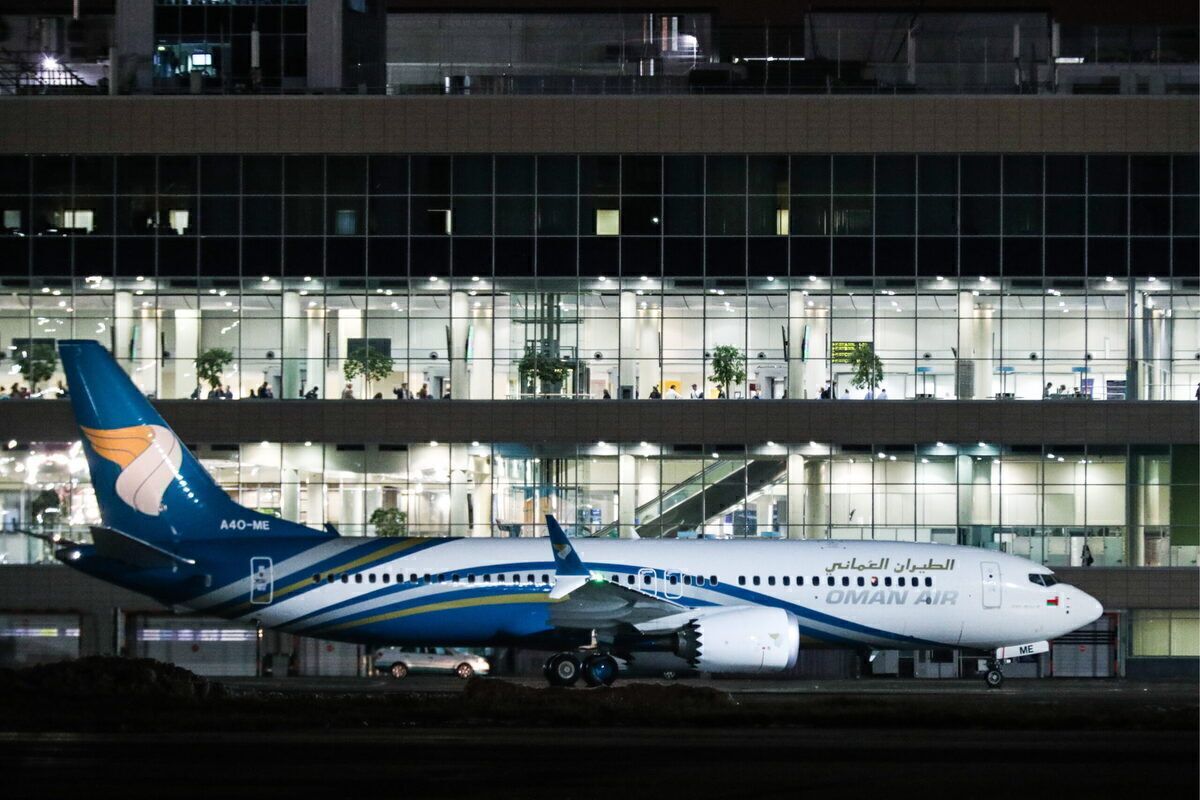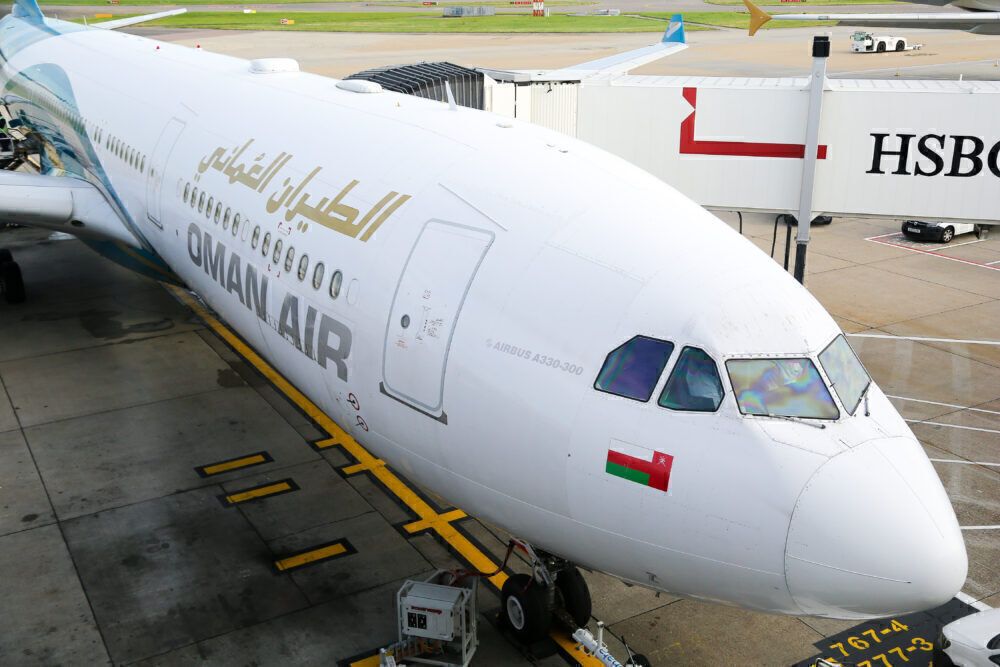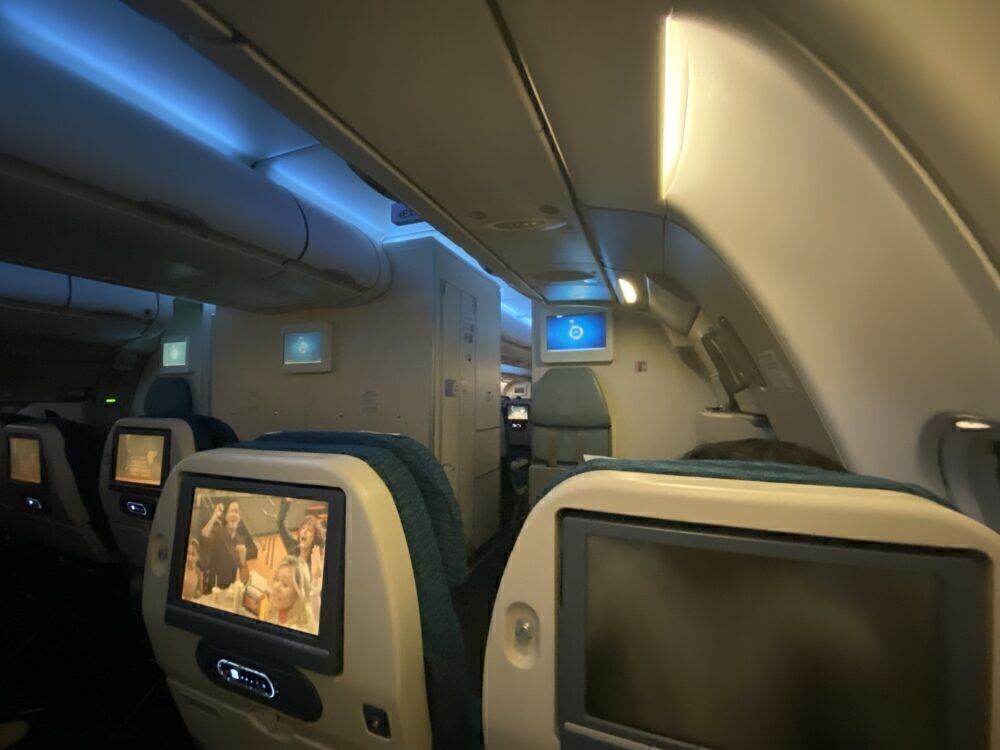Frequently overshadowed by big glitzy airlines from the neighboring UAE, Oman Air is one of the Gulf's aviation industry's quiet achievers. While the airline can trace its origins back 50 years, the modern version of Oman Air began in 1993 with a single Boeing 737. Since then, Oman has become a significant mid-sized airline flying to around 50 destinations across 27 countries.
From a one plane airline to a significant player in just 30 years
Oman Air's DNA goes back to Oman International Services set up in Muscat in the early 1970s. But what today's readers know as Oman Air began in 1993, using a wet-leased Boeing 737-300. Two years later, that Boeing went back to its owner, and a pair of Airbus A320-200s landed at Oman Air's Muscat base.
Oman Air idled along for a few years, gradually expanding its network and adding another A320-200 in 1997. Then, in 1999, Oman Air significantly boosted its capacity. The airline brought in a (short-lived) Airbus A300, four Airbus A310-300s, and a pair of Boeing 737-400s. By then, the airline was flying as far afield as India and Bangladesh.
In the early 2000s, Oman Air continued to ramp up its fleet of primarily narrowbody planes. But like a lot of airlines, it was keen to stretch its wings. Oman Air wanted to go long-haul. But to do so, it needed money. The airline achieved this by recapitalizing in 2007, with the Omani Government increasing its stake in the airline from 33% to 80%. In doing so, Oman Air pulled in a tidy US$34.5 million.
Oman Air goes long-haul, expands to counter continuing losses
Flush with cash, Oman Air began ordering A330s from Airbus and soon took off for Bangkok and London. Those flights began in November 2007. Still waiting for Airbus's big widebodies, Oman Air sent a Boeing 737-800 to Thailand. London was served by a Boeing 767-200 aircraft temporarily leased from now-defunct Malev Hungarian Airlines. The Airbus A330-200s started arriving at Oman Air in 2009.
By the end of that decade, Oman Air was almost wholly owned by the Omani Government. Like airlines next door in the UAE, government backing allowed Oman Air to segue into a premium-level carrier without worrying too much about the bottom line.
Flying 2010 decade, Oman Air's senior management believed expanding would counter mounting losses. The airline had 30 aircraft in its fleet by 2013 and targeted 50 aircraft by 2017.
"We need a bigger fleet and continue to make efficiencies and get our seat factors and yield up," said Oman Air CEO Wayne Pearce at the time.
Expansion plans cruelled, but luxe factor stays
The airline got to 50 planes and continued operating as a premium level carrier. In 2015, Boeing 787 Dreamliners began arriving. That allowed Oman Air to expand its network considerably. By 2020, Oman Air flew to over two dozen countries across three continents. Laying on the luxe, it presented as a smaller, regional version of airlines like Etihad and Qatar.
Until the global travel downturn cruelled its ambitions, Wayne Pearce's 2013 expansion strategy had continued. But despite Oman Air's reputation as a nice airline to fly on, the "let's expand our way into profitability" strategy floundered. Oman Air remains notoriously unprofitable. The airline's last published accounts reveal it posted a US$469 million loss for calendar 2017. In 2016, Oman Air lost $337 million.
Since the travel downturn, the airline has clipped its wings. Oman Air will downsize its fleet to 36 planes, a 28% reduction. Instead of expanding the network, there will be more emphasis on codeshares. Loss-making routes, such as those to Greece and Morocco, wrapped up.
Oman Air is also looking to become an all-Boeing operator and phase out its remaining A330s and a handful of Embraer regional jets. That turn inwards, towards becoming a smaller airline, is hardly unique to Oman Air these days.
But backed by the Omani Government, Oman Air seems destined to keep flying. It continues to position itself as a premium airline, striving to turn its Muscat base into a hub and maybe one day, turn a profit.
What's your experience with Oman Air? Post a comment and let us know.



